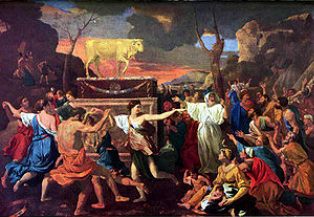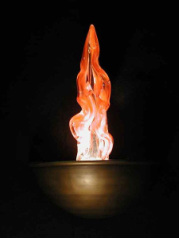I opened the door for my beloved...
—Song of Songs 5:6
Beloved,
That little house was the first home of our love—our secret refuge of joy. How long did you spend arranging all our treasures in those cramped rooms? The chandelier sprouting arms like tree branches, the table made from ancient wood, the dishes from your mother's cabinets—I see them sparkle and shine with the far-away colors of remembered light.
I picture you arrayed in old-fashioned finery—clothes that seemed comically grown-up, gaudy jewels that sparkled on your breast, a gown that flowed like moonbeams to the floor. A shudder takes me as I remember how your sight thrilled me.
We dined in that house on meager meals with the aroma of feasts. The spice of our love drifted through the rooms so thick that we would be sated licking air. On the day we moved in, we looked at each other and no other moment could exist.
In years since, we have lived in many rooms and travelled continents. I have known your sighs in the night, and I have been comforted by the song of your voice in my sorrow. Yet, that little house, the one in the middle of the wilderness of hope and discovery, will always be our best. It was the place where I opened the door to let you in—radiant, young, beautiful—and collapsed with you onto the couches of ecstasy.



 RSS Feed
RSS Feed
